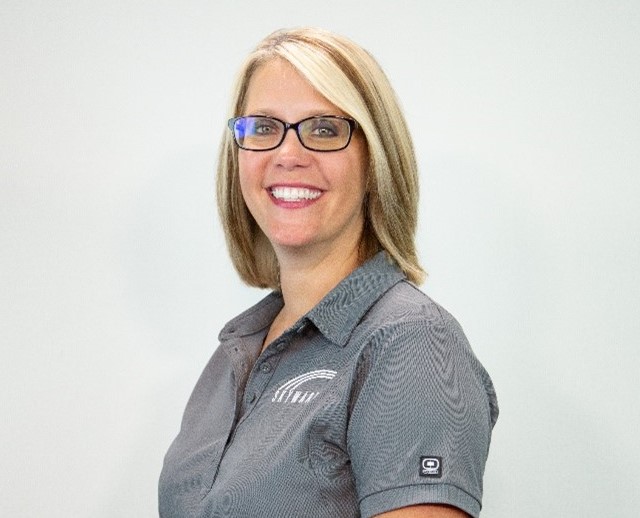
There’s no longer a doubt education leaders are facing a hiring and retention crisis. According to a recent survey from the National Education Association, more than half (55%) of members are considering leaving the profession earlier than originally planned. If that’s not alarming enough, 67% report their burnout is a very serious issue (90% said it was at least a somewhat serious issue). The stress and stakes could not be higher.
The disconnect between the reality and the perception of teachers’ workloads contributes to a vast misunderstanding of the profession. While this conflict has been simmering under the surface for a while, the effects of pandemic-era stressors have brought it to a head. The idea that teachers practice their trade because of the intangible benefits they get–purpose, fulfillment, passion–isn’t entirely off-base, but reducing teaching to a “work of heart” and a “calling” creates a perfect breeding ground of overwork and underpay.
This brings us to the next harsh reality: school districts aren’t exactly rolling in the dough. In fact, several factors including declining enrollment have led to an overall loss of funding for many public schools. Without the funds to provide much-needed pay increases, benefits, and bonuses, how can school districts attract the educators and staff they need to survive–and for students to thrive?
One investment can go a long way to easing the administrative task burden. But let’s back up and examine what that actually means.
Administrative tasks are not a calling
Let’s for a moment continue to indulge the idea that teaching is a passion-driven art (because for many educators, it absolutely is). Let us also anchor this scene within the reality of school today.
Recordkeeping–think scheduling, grading, and reporting–and classroom management–attendance, behavior, and intervention–isn’t a work of passion. It’s, well, work. Closer to drudgery than dedication. And when all that recordkeeping is manual? Passion and skill drown wading through clunky software and exported spreadsheets. Even if the routines in place are airtight, the sheer amount of executive function needed to remember and complete the administrative tasks behind managing a classroom of 25+ students is exhausting.
That’s where an oft-overlooked benefit comes in: Automation.
Data automation saves time and energy
How does automation shift to becoming a benefit? By streamlining crucial administrative tasks to save time, energy, and brainpower for overworked educators.
Administrative tasks are particularly good fits for automation: think of systems like positive attendance, when students check in to a class rather than waiting to be called on. Research shows automated attendance letters improve chronic absenteeism. And parent engagement soars when families have access to a portal with grades and other achievement and school info at their fingertips.
Data automation must deliver the data educators need at the time they need it. It must speed manual processes and eliminate processes that shouldn’t require human intervention (like reporting and recordkeeping). It shouldn’t take a degree in computer science or programming language expertise to extract data from the system. And it must preserve the privacy of students by only allowing those with a vested educational interest access to their data (FERPA guarantees this right for every student). Effortless sync between systems is no longer a dream–data standards such as Ed-Fi make it possible.
The concept of data-driven instruction differentiated by students’ most recent achievement scores has become an expectation for personalized teaching and learning. Educators need access to that data to make differentiation happen–automated and FERPA-compliant delivery of the most recent data can eliminate bottlenecks and help teachers pivot quickly. But automation can even take data analysis a step farther by empowering educators to manipulate the data they’re working with to see real-time trends.
There is no substitute for an engaged, enthusiastic teacher in the classroom. Make room for that enthusiasm to flourish by making data manipulation a snap, not a slog.
Automation is not just for teachers
A little thoughtful automation can improve almost every corner of student services. Facilities management can benefit from scheduling maintenance during low occupancy and making consumable resource replenishment automatic. Low funds reminders can help cafeteria lines zip along and ensure no one goes hungry.
The process of hiring gets way easier (and more welcoming) when the legwork is automated. In the business office, automation can even head off fraud and make payroll less of a headache.
And the time and effort saved for IT teams assigning hardware to students and classrooms is fantastic, but nothing is better than the security automatic updates and data backups offer in the event of a breach or disaster.
Automation can even help secure physical buildings by managing the flow of visitor traffic and restricting access to certain areas.
The bottom line
Automation requires thoughtful and deliberate implementation, which costs time and budget up front. It’s always daunting to imagine replacing antiquated, legacy systems. But the benefits to the team in the long run can add up quickly–and your team will get the message you’ll do anything to support them a little better.
The benefit of lightening the mental load for educators is passed directly on to students. Every administrative task that can be automated frees up the working memory educators and staff use–energy to focus on students’ needs. While data automation can’t erase teacher burnout by itself, it can contribute more to educators’ metal health, job satisfaction, and happiness.
Retaining high-performing staff is a challenge. Why not look into creative solutions for improving the quality of life at work?
You may find the quality of your workforce improves right along with it.
Erin Pinter is the vice president of customer success at Skyward. As vice president, she develops strategies to achieve the highest level of staff engagement as well as processes to encourage the highest standards needed to provide customer satisfaction. In her role she also motivates skilled professionals to drive customer outcomes, product adoption, and customer experience. In her free time, she enjoys cooking, boating, and spending time outdoors with her family.
More from DA



